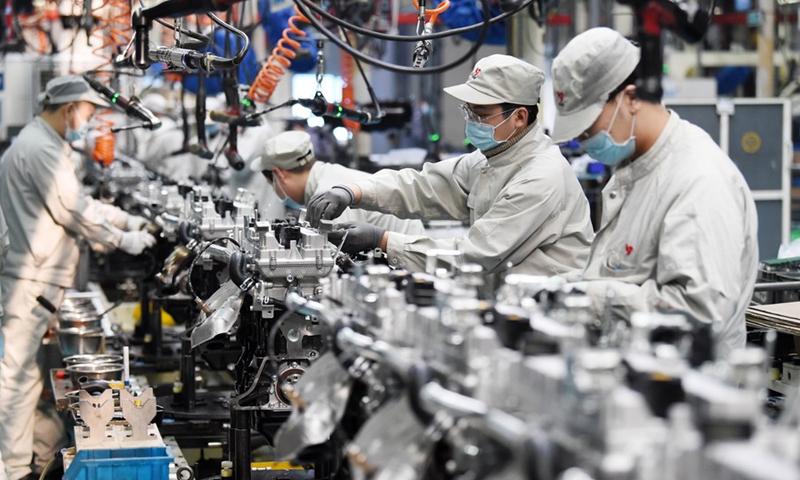Vietnam’s Position in the China+1 Manufacturing Strategy
As global supply chains experience rapid realignment, businesses are rethinking their manufacturing footprints—and Vietnam has emerged as a strategic star in the widely adopted China+1 strategy. Once considered a regional underdog, Vietnam is now at the forefront of global manufacturing shifts, providing a cost-effective, stable, and increasingly sophisticated alternative to China.
In this article, we’ll explore what the China+1 strategy is, why Vietnam has become the favored “+1” for global manufacturers, and how businesses can leverage Vietnam’s advantages with help from local sourcing and logistics partners like Vietnam-Agent.com.
🔍 What Is the China+1 Strategy?
The China+1 strategy refers to a growing trend among multinational companies to diversify their manufacturing operations by adding another country (the “+1”) to their existing China-centric supply chains. This approach helps reduce dependency on China, mitigate geopolitical risks, and avoid disruptions caused by tariffs, labor costs, or COVID-related shutdowns.
For many global businesses, Vietnam is the natural +1—thanks to its proximity to China, competitive labor force, and rising industrial capabilities.
📈 Why Vietnam? Key Competitive Advantages
1. Geographic Proximity to China
Vietnam shares a northern border with China, allowing easy integration with existing Chinese supply chains. Many factories in Vietnam source raw materials or intermediate components from southern China and then complete final assembly for export.
Vietnam’s key ports—Hai Phong (North), Da Nang (Central), and Cai Mep–Thi Vai (South)—are well-connected to international shipping routes and China’s coastal cities.
🔗 Learn more about Vietnam’s strategic port infrastructure
2. Lower Labor and Operating Costs
Labor costs in China have increased significantly in recent years. In contrast, Vietnam offers:
-
A younger population, with over 50% under age 35
-
Average monthly wages that are 30–50% lower than China’s
-
Strong work ethic and high manufacturing adaptability
These factors make Vietnam attractive for labor-intensive sectors such as textiles, footwear, electronics, and furniture.
3. Robust Trade Agreements
Vietnam is part of numerous free trade agreements (FTAs) that give it access to more than 50 global markets with reduced or zero tariffs. These include:
-
CPTPP (Comprehensive and Progressive Agreement for Trans-Pacific Partnership)
-
EVFTA (EU–Vietnam Free Trade Agreement)
-
RCEP (Regional Comprehensive Economic Partnership)
This gives Vietnam a trade advantage not only over China but also many other Southeast Asian nations.
🔗 Learn how Vietnam’s FTAs benefit exporters
4. Political and Economic Stability
Vietnam’s single-party government has created a pro-business environment, maintaining:
-
Macroeconomic stability
-
Predictable policy environment
-
High foreign direct investment (FDI) inflows, particularly in industrial zones
The Vietnamese government actively welcomes foreign investment through tax incentives, infrastructure support, and simplified regulatory procedures.
5. Modernizing Infrastructure
To support this manufacturing boom, Vietnam has rapidly expanded:
-
Industrial parks and export processing zones
-
Highway systems connecting ports to inland provinces
-
Deep-sea ports with international connectivity
-
Air cargo facilities in major cities like Hanoi and Ho Chi Minh City
Foreign companies are now building supply chain networks in Bac Ninh, Binh Duong, Hai Phong, and Long An.
🏭 Key Industries Relocating to Vietnam
Several industries have successfully adopted the China+1 model with Vietnam:
-
Electronics: Major tech firms like Samsung, Apple suppliers (Foxconn, Pegatron), and LG have established production in Vietnam.
-
Textiles and Garments: Vietnam is the world’s third-largest exporter of garments.
-
Furniture: U.S. companies are increasingly sourcing wooden furniture from Vietnamese factories.
-
Automotive components: Japanese and Korean auto parts manufacturers have expanded into Vietnam’s industrial zones.
🔗 Need help sourcing suppliers in Vietnam? Connect with Vietnam-Agent.com
🧱 Challenges and Considerations
Despite its advantages, Vietnam is not without growing pains. New investors should prepare for:
-
Supply Chain Limitations: Vietnam still imports many high-tech components from China and South Korea.
-
Infrastructure Gaps: While improving, logistics outside key industrial zones can be inconsistent.
-
Talent Shortages: There’s a growing need for highly skilled labor in electronics and engineering.
However, working with a local agent can help companies navigate these issues by offering supplier vetting, compliance support, and on-the-ground knowledge.
🤝 How Vietnam-Agent.com Supports China+1 Transitions
Vietnam-Agent.com offers full-service support for global businesses looking to relocate or expand operations to Vietnam under the China+1 model. Services include:
-
Supplier sourcing and factory audits
-
Import/export facilitation
-
Local licensing and business registration
-
Customs clearance and logistics
-
Quality control and compliance management
Our bilingual experts bridge cultural, legal, and logistical gaps—allowing you to establish operations smoothly and confidently.
📍 Conclusion: Vietnam Is More Than a Backup—It’s a New Frontier
Vietnam’s strategic advantages, robust trade ecosystem, and reform-driven government make it more than just a “+1” to China—it’s becoming a standalone leader in global manufacturing. For businesses looking to diversify, reduce risk, and access high-growth markets, Vietnam is the place to be.
Whether you’re sourcing electronics, setting up a garment factory, or looking for export solutions, Vietnam-Agent.com is your trusted partner in Vietnam’s fast-moving industrial landscape.
🔗 Start your Vietnam expansion today: Contact our expert team
